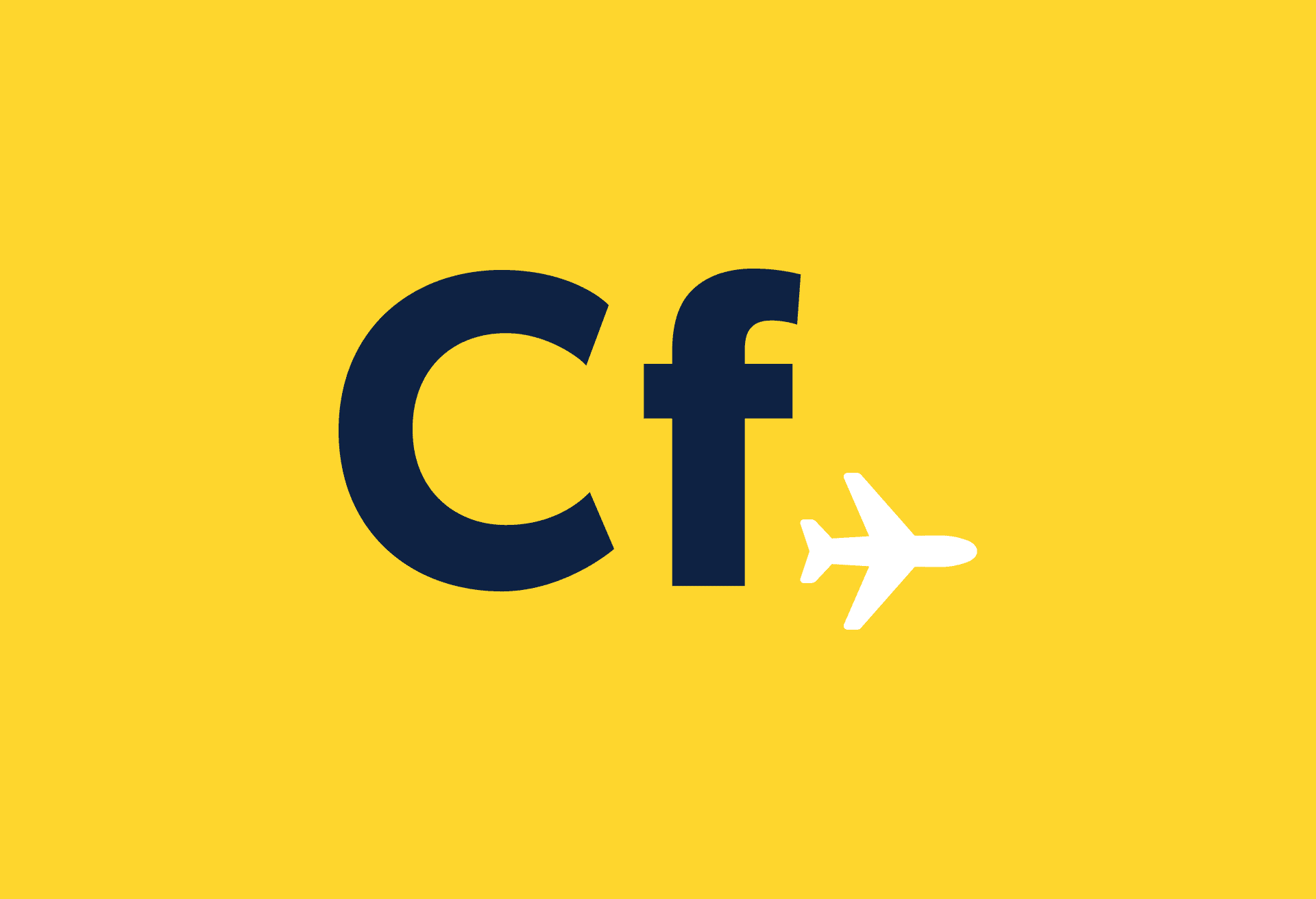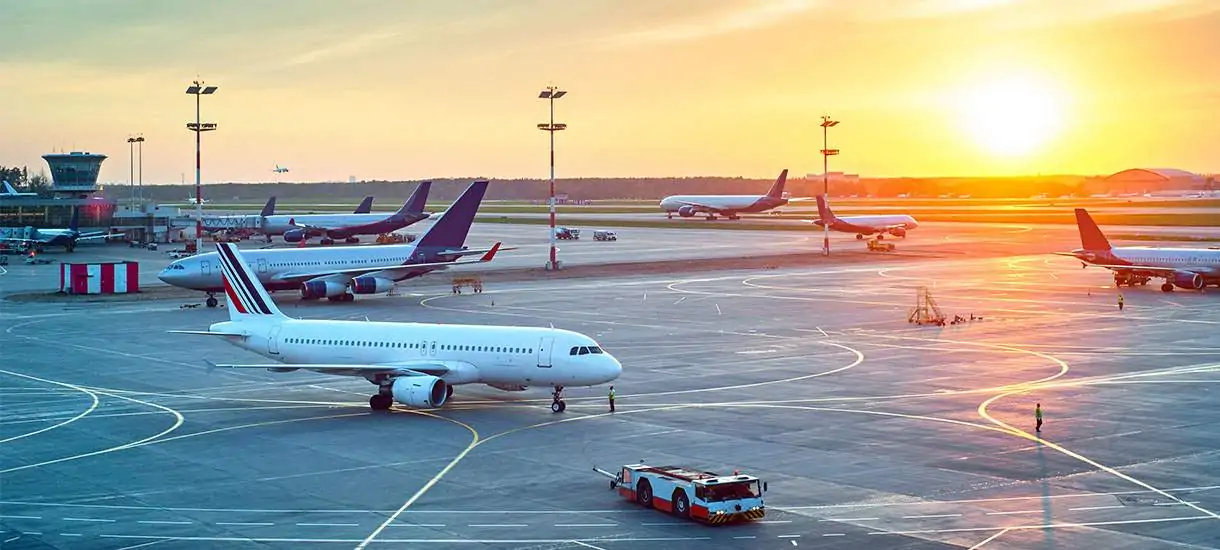Editor’s note: Information is correct as of publication in September 2017. Please always double check current policies and pricing with your airline(s) or agent before you book.
While you’re likely excited about your next big trip, you’re probably not so excited about packing, and you might be wondering how much you can bring with you without ringing up any extra baggage fees. To help you pack smarter and breathe a little easier on the way to your next destination, we’ve compiled carry-on and checked baggage information for almost 80 airlines from around the world. In addition to rules for airline carry-on sizes, we’ve gathered some go-to tips for avoiding baggage fees to help you save money during your trip. We’ve also compiled some stats on the packing habits of Americans and Canadians so you can see how you stack up.
- How to save on baggage fees
- Tips for travelling with larger items
- Baggage information by airline
- Baggage statistics
How to save on baggage fees
While travellers may argue over how expensive baggage fees may be, everyone can agree that they’d prefer to save money on those fees. The best way to beat baggage fees is to pack light, using only carry-on luggage, or being mindful of weight limits on baggage. If you know you’ll need to check at least one bag, consider booking a ticket with one checked bag included (and make sure your bags don’t exceed the weight limit to avoid overweight fees). Checked baggage fees are often cheaper if you pay them ahead of time. Some travellers choose to fly specific airlines, such as Southwest, that uphold a “no baggage fee” policy, while others choose to ship their luggage to their destination, which can sometimes be more affordable than airline baggage fees.
Some travellers get even more creative with some of their ideas for minimizing the amount spent on baggage fees, such as by choosing to buy toiletries once they arrive in their destination, for example.
To save space in your luggage and maximize your wardrobe options while on vacation:
- Wear heavier clothes and layers on the flight so you don’t need to pack your bulkiest items and, in turn, add extra weight to your luggage.
- Only travel with one or two pairs of shoes.
- Bring a few outfits and do laundry at your destination.
- If you’re traveling with a group, divide luggage between people traveling with you, or put some of your items in a child’s bag or a diaper bag.
- Roll or bundle pack your clothes (instead of folding them). These methods can be more efficient ways of packing as they save space and helps minimize wrinkling of clothing items.
Travelling with large items
Some items don’t fit in a suitcase, but having them in tow is either necessary or would make the trip a lot more enjoyable. From sporting equipment to strollers to medical equipment, check out some of our tips for travelling with large items.
Sporting equipment
- Going skiing in the Alps or planning a coast-to-coast biking adventure? If you’d prefer to take your equipment with you, you can find a few tips on travelling with your skis or snowboard in this guide. For other equipment, like surfboards, consider the following advice:
- Confirm with your airline(s) in advance that they consider equipment bags to be one piece of checked baggage. Polices vary from airline to airline. Calling in advance can save you a lot of time and trouble as airline policies can change over time.
- Remember that your airline’s weight restrictions apply to sporting gear bags, too. If your airline only allows luggage up to 50 pounds, be prepared to pay extra if your gear exceeds that limit.
- When traveling with surfboards, be aware that some airlines will charge per bag while others charge per board. Charges could be between $50 and $150 per board, which can run up added fees, depending on how many boards you’re taking with you.
- As of 2017, there are a few airlines that will count your surfboard as part of your regular bag allowance, free of charge. These airlines include Virgin Atlantic Airlines, Interjet, Qantas, South African Airways, KLM Royal Dutch Airlines, Air New Zealand and Singapore Airlines.
- When travelling internationally with your board or sporting equipment, please keep in mind that European Union (EU) laws do not allow bags to be more than 32 kgs (70.5 lbs). Bags exceeding this weight limit will not be accepted as checked luggage. Instead, they must be sent by air freight and are subject to air freight rates. When in doubt, try to make sure your bag is underweight instead of pushing the limit.
- Consider renting equipment at your destination.
Car seats and strollers
If you’re travelling with little ones in tow, you’ll likely want to bring your own strollers and car seats. Many airlines will accommodate these large items. Here are a few things to keep in mind:
- Most, if not all, major airlines allow you to check strollers and children’s car seats with no added fees.
- You can take your child’s safety seat with you and use it on the plane, however, it must be certified by either Transport Canada Civil Aviation or the American Federal Aviation Administration. To make sure your airline allows this, call ahead to confirm.
- Keep in mind that while many airlines will accept a stroller, this policy often refers to collapsible strollers less than 20 pounds. Be sure to call your airline in advance to make sure your stroller meets any restrictions.
For more tips for traveling with toddlers and infants, check out our air travel guide for new parents.
Medical equipment
Having a medical condition doesn’t mean that you can’t or shouldn’t travel. Airlines will often go above and beyond to accommodate passengers who require special medical equipment. Here are a few tips:
- If you’re travelling with a medical device such as a CPAP machine, it’s covered as a carry-on device under the Americans with Disabilities Act. It is also addressed in the Canadian Charter of Rights and Freedoms and Canadian Human Rights Act. But make sure to check with your airline to confirm any rules around in-flight use of your machine.
- If you have a health condition (such as emphysema) that requires an oxygen tank, you will need your doctor to provide you with necessary medical forms and a note for oxygen tank usage, as well as recommendations for emergency doctors in the place where you’re planning to travel.
- While you can’t bring an oxygen tank in the cabin as a carry-on, you can pack empty oxygen tanks in your checked luggage that can be filled once you arrive at your destination. These oxygen tanks must be FAA approved and you’ll need to notify your airline(s) at least two weeks in advance that you’ll be travelling with the tanks. You can also bring a personal oxygen concentrator compressor on board usually and it doesn’t count as a carry-on.
Check out this guide on how to travel with medication, as well as this guide on travelling with a disability, if you are in need of advice on those areas. For moms to be, be sure to have a look at our guide on flying while pregnant.
Look up your airline’s baggage information
Whether you choose to carry on or check your luggage, each airline has its own restrictions and regulations. To help you navigate these rules, we’ve gathered information from 79 foreign and domestic airlines and compiled those allowances and dimensions into one easy-to-use menu. You can also find out which airlines do not have baggage fees, which ones do and how much they charge for both standard and excess baggage.
Select your airline from the drop-down menu below:
[baggage]
*Fees for domestic flights are for travel within the home country or region of the specific airline. While there are many different fare classes, the pricing offered here is for economy class seats or equivalent. Pricing is listed in both the local currency of the airline and in equivalent US dollars.
The great debate: Carry it on or check it?
Ever wonder how many other travelers are opting to carry on their bags or checking their luggage? Here are some statistics to think about while you’re walking past the airport’s baggage claim:
Domestic vs. international
In a Cheapflights poll of 400 Americans and Canadians, 66% of those surveyed said they preferred to carry on their luggage for domestic flights. When it came to international flights, people were almost evenly divided with 50% preferring to carry on their luggage and 50.5% preferring to check it.
How much is too much to pay when checking baggage?
Among those polled, 41% felt it was appropriate to pay $25 or less to check baggage. A slightly smaller group (38% of travellers) were comfortable paying $50 or less, while 14% were willing to pay $75 to check their bags and only 7% were willing to pay as much as $100 to check their bags for a flight.
What are your packing preferences? Let us know in the comments below. And wow that you are prepared for packing, let us help you find a cheap flight (they don’t call us Cheapflights.ca for nothing).
Feature image : iStock/Spiderstock



